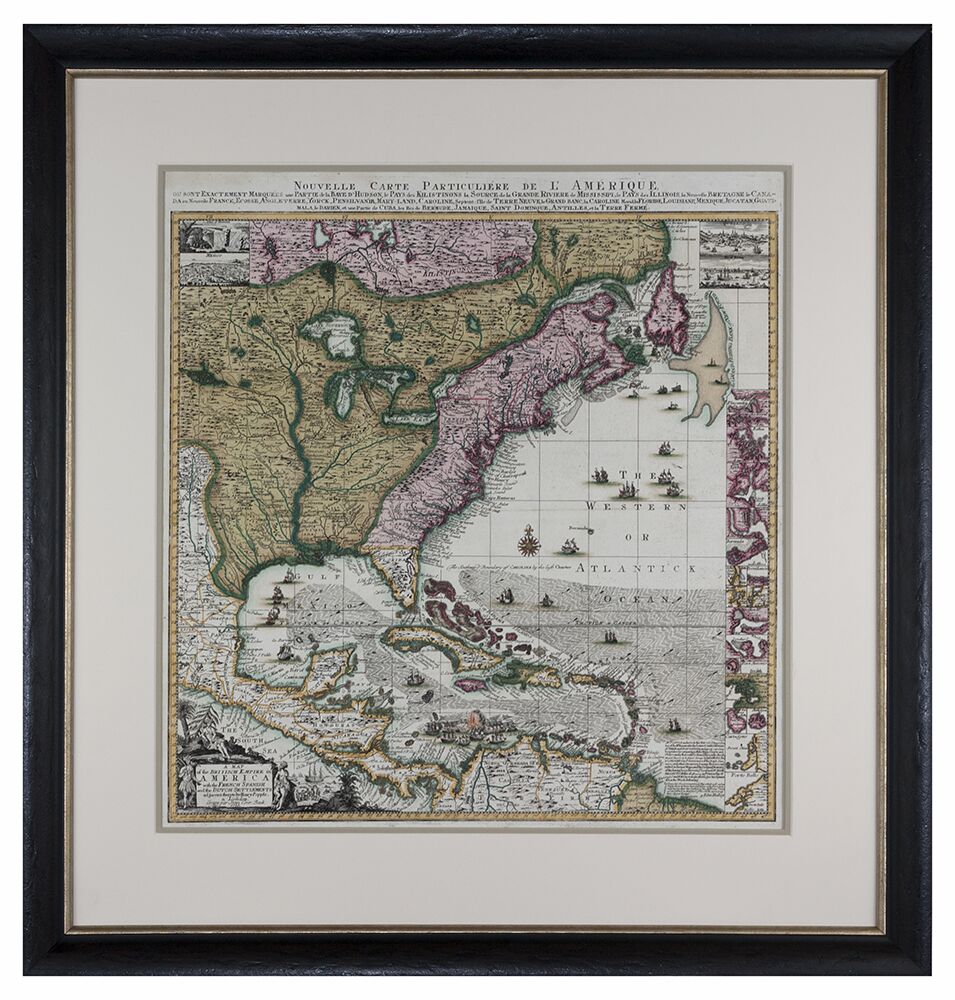Collecting Antique Maps

Unlike modern printed maps of today, antique maps from the 15th to early/middle 19th centuries were very beautiful with attractive and meaningful designs. Many contain designs with illustrations of people who have represented the region or area of the map. In some cases, mythological figures and scenes were incorporated in the designs as well. Incredible detail was used on many of the early maps. Even the cartouche (area of the map usually showing allegorical designs surrounding the title and detailed information) have eye appealing, ornate designs.
Map makers, also known as cartographers, were dedicated to plotting the "known" outline and topography of the land they studied. They may include mountain ranges, bodies of water, natives to the area, and even, sea creatures. A compass needle may be displayed, usually pointing to a direction, such as North.
Whatever their intention, the maps are very popular with libraries, collectors, museums, even the general public. They appeal to history buffs, geographically minded people, art collectors and interior design buyers due to their very eye appealing and ornate designs.
Did you know that most maps were bound in atlases or books? This is why you may notice many of these maps are found in excellent condition, many of which are hundreds of years old. Usually, these maps are retained in the atlas or book unless someone removes them for any reason.
When purchasing antique maps, it's important to know the dealer or seller. It is a fact that many fakes and reproductions have been represented as authentic, when, in fact, they were copies. With maps, you need to exercise extreme caution when buying, especially with expensive early period maps.
Regarding authenticity, when considering a map for purchase, it is important to examine the map to see if there are any folds from being contained in an atlas or book. Any modern reproductions, intentional or not, may not show signs of book binding.
Additionally, examine to see if the map was actually printed using period methods and not a photocopy. Usually, a high powered loop will detect any signs of fakes, like printed copies.
Unless you know the seller, if framed, examine the map out of the frame. A dishonest seller may frame a copy and pass it off as a genuine. Even a legitimate seller may not know the authenticity of the map they are selling.
Antique map collecting is a fun and popular field. It is fun and exciting to acquire a map which shows what a certain looked like hundreds of years ago.
